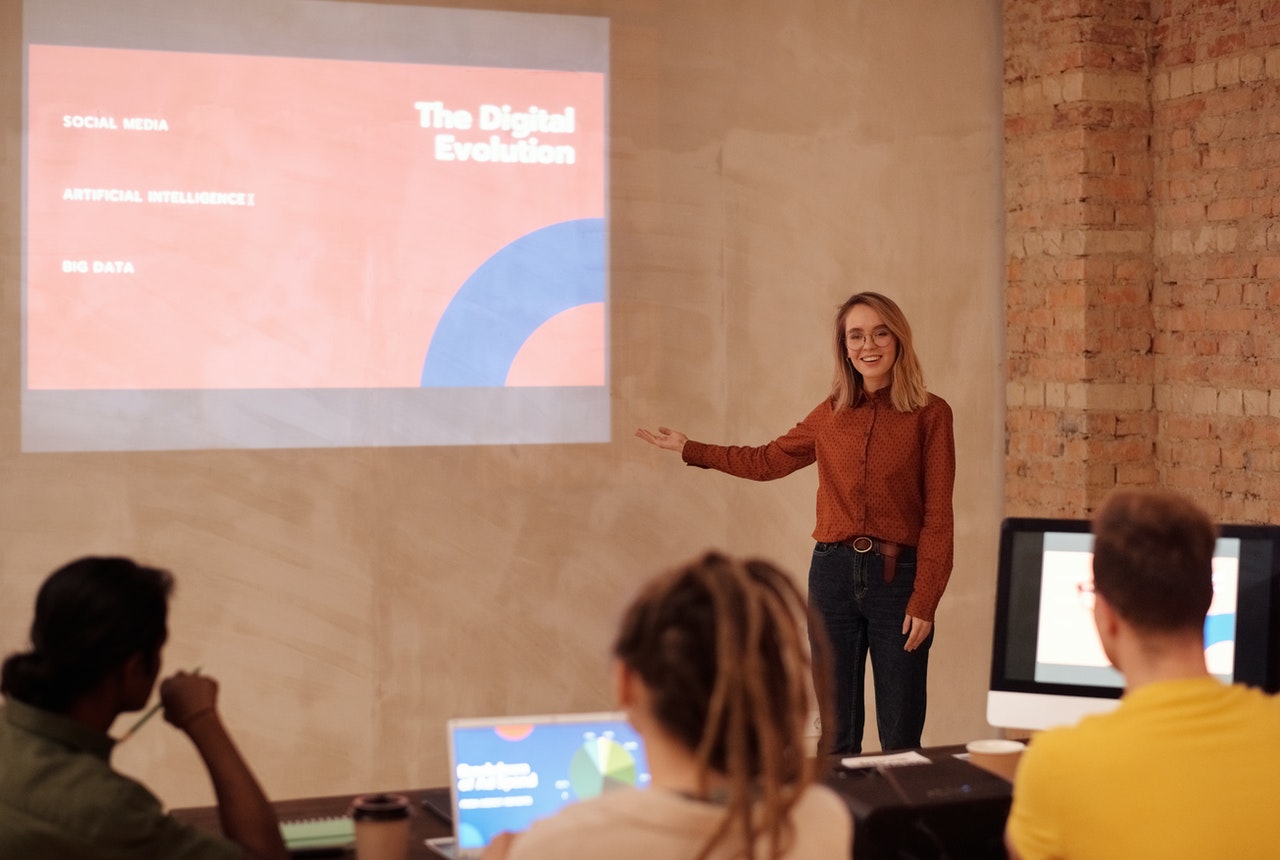What is Professional Development?
I began this article by looking again at the differences between training and education, or trainers and teachers. In A Look at the Education vs Experience Debate and in an earlier post, What’s the Difference Between Training and Teaching, I made a few comparisons. This time, I thought it might be interesting to comment on what some consider the end-result of training: professional development.
To some organizations, professional development means a training day of best practices. This isn’t professional development; this is a day of opportunity. It could be a sharing conference; however, most attendees are more likely to be sharing drinks. Ironically, it is during these moments of relaxed opportunity the best information to aid in one’s quest for professional development occurs. Still, that is not professional development, but it’s a start.
Why? Because professional development includes so much more. Interestingly enough, the social aspects, character modeling and professional information comparisons from a single conference may be more valuable than a single, specific knowledge-based training day.
Professional development refers to the acquisition of skills and knowledge used for personal development and for career advancement. Generally, professional development would include all types of learning opportunities some facilitated and some not. It should start with specific training, college and university education as well as conferences and never end. Along the way, continuous learning should provide other opportunities and practice specific to an employee’s position and career goals.
Many organizations fall short. They may have a director of professional development, who in most cases, is a glorified training manager. That’s not always the case, of course. There are professional development directors who understand the concept, but many other who do not. It could be, they have the definition wrong.
At its core, professional development with an organization should begin with a plan for long term use of an employee. At interviews and during the orientation references are made about employee growth, but, for the most part, the employee is left alone after that to survive and strive or not deliver and not survive. The individual employee, unless mentored by someone with influence, is left to his or her devices when it comes to professional development. The valuable employees are those who seek out additional opportunities to learn, continuously learning. Ironically, and it shouldn’t be, these same employees ask for raises and promotions, which may annoy their superiors.
In an environment where professional development is practiced, the process is collaborative and intensive. Professional development should include a career manager who ensures employees are right for their jobs, and works to keep them in jobs that, not only make them successful but the organization as well. That is not to say, there should not be an evaluative stage, but by incorporating career management, we assure someone who is not doing well flounder, but can thrive in another position.
In larger companies, this is easy to do. In smaller companies or organizations the same attitude toward professional development can be extended to the employee by modifying his or her position to include a different, yet positive skill set. If that doesn’t work, the employer should assist the employee in finding a more suitable position rather than him or her “kick to the curb;” asserting that this employee–who they hired–is now a nuisance, guilty of negatively impacting their mission. As a part of professional development, employers should offer support, not grudgingly. Employer and employee responsibilities go both ways. At one time, providing an employee security and career develop was every corporation, company and organization’s mission.
In this current economy, it was the first employee support to go, followed quickly with practices of limiting hours, making employees part-time so benefits were not required. With failure or disappointing results, newer, less experienced employees are the ones to go–with the hope being that this will change the financial outlook.
Then, again there are employees who lose it, who don’t fit in anywhere anymore. Too much damage is done.
Perhaps it could have been prevented by nurturing rather than coercing production based on potential termination or demotion. “If this doesn’t happen, you’re fired.” And said nicely, “So, if you fail to deliver…” with threat hanging there. It isn’t always a competence or performance failure, but sometimes–often times, a personality factor.
Not everyone fits with everyone in the organization. In room filled with people who do the same thing, there are only a few true connections; the rest are tolerated. Unless, one or two cannot be tolerated. Now, we get into leadership and management issues, which if you think about them, are intricately linked to professional development.
The process of professional development is mistakenly called training and vice versa. We train for a career by learning a trade or receiving an education. After that, any type of “training” is immediately included in the professional “portfolio,” as if presentations on diversity and sexual harassment have to do with an individual’s career growth. Not that those items–usual presentations or simple computer orientations–don’t have value, but they have more to do with character. Certainly, not paying attention in those areas could result in termination of one’s career. Still, by definition, it is not part of professional development, nor are they really training. If anything, they seek to affect one’s moral character.
People may be trained to do a specific job, or perform a job that requires a very prescriptive skill, i.e., a surgeon or architect. Attorneys learn about the law or more specifically; however, although they were educated in litigation techniques, they will not be considered trained until they have litigation experience. My preference for a surgeon is not one who has read about techniques in a book, but has practiced them. That could be said about many professions. And, here we are back with professional development, requiring training to be an element in career progression.
Continuing education or training is but one of the many ways to pursue professional development. These ways include simple lesson study (a specific training like leadership, supervision, management, analysis… Mentoring is a great way to incorporated and ensure proper employee development, as is individual coaching and consultation. As an Executive Coach, my job was to offer assistance, usually to middle management, assistance in speech preparation and delivery. Interestingly enough, my clientele were confidential. My clients did not want their company to know they had a coach. So, my business grew by word of mouth.
Rather than a training day, the organizational attitude should be about helping individuals learn and grow within as well as outside the organization. An employee who feels his or her worth is a valuable employee that gives more all the time, knowing the reward is always there. It doesn’t have to be compensatory unless he or she measures his or her worth by that compensation. However, that does take away from self-satisfaction. Had the corporations, companies, or organizations an enlightened view of professional development (and conveyed that to employees) my clients wouldn’t have felt the need for confidentiality. Naturally, they paid for professional development out of their own pockets. I’d say that’s an employee to develop and keep an eye on his or her career.
By having an attitude of continually exploring and learning new aspects of our profession, we, indeed, become professional. At various times, I was a spokesperson, then a teacher and finally, a trainer and speaking coach. Today, I teach and train. I’m constantly comparing the two words on my training and development blog. One blog in particular is the one garnering the most hits. Guess which one that is. It’s on the difference between teaching and training.
Professional development, it turns out, is misunderstood by many. I’m not saying I got it right or even say it better than others, but professional development involves training and teaching/education and is not as interchangeable as one may think. And, the subject is complex; I have only grazed the surface.
Finally, while professional development is thought to be different and sometimes the same, it doesn’t need comparison. Employers, employees and the economy changes over time. Sometimes we forget original intentions in favor of profit margins. Some might say we’ve forgotten the very people we hire to make our company or organization what it is today. We changed the definition when it didn’t suit our pocketbook or actions. Many English words have interchangeable definitions and usage; however, there are times in which we should look back for the original meaning and pursue those intentions. Professional development needs to be new again, and used accordingly.
The above is commentary and does not necessarily reflect the opinion of The Free Management Library.
Happy Training.
By the way, this is not all I do. I believe in connections. Information and communication is applicable in training and development as well as education. If you are interested in my approach here or in other offerings on the site, you might also be interested in my book, The Cave Man Guide to Training and Development. “Cave” and “Man” are separate on purpose. The “cave” is simply where we train. I promise there will be a II and III based on my articles here. If you like what you see here, I have a blog site, Shaw’s Reality, where I look at the world’s reality from a variety of perspectives. I have also published a young adult science fiction dystopian novel, In Makr’s Shadow.
By all means though, check out The Free Management Library’s complete training section.


